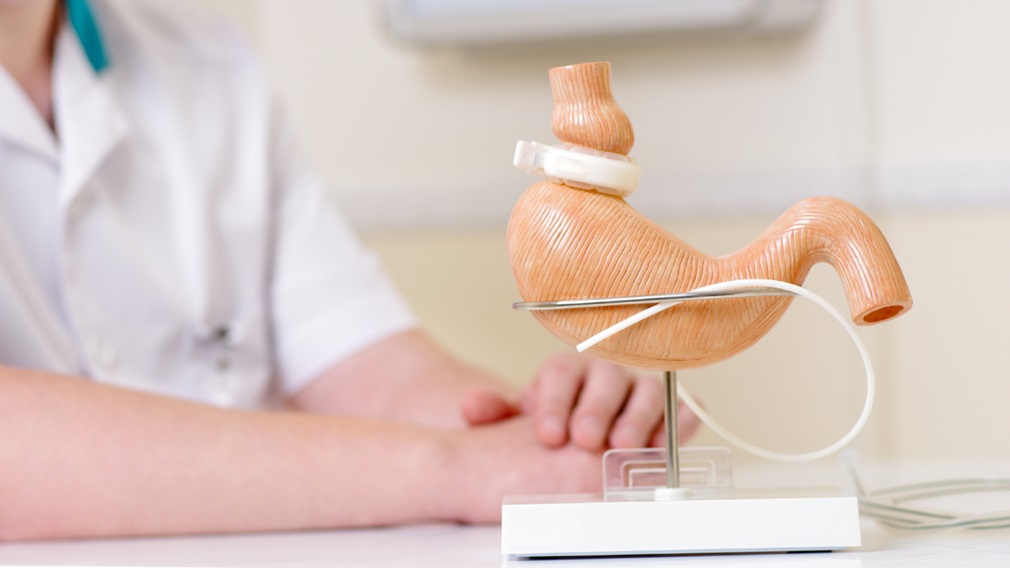
Lap Band Slippage: Signs, Remedies, and More
Lap band slippage is a common occurrence in laparoscopic gastric banding surgery. In this type of surgery, a silicone band is placed around the stomach to create a small pouch for food. This band can slip out of place, which can cause symptoms and complications. In this article, we will discuss everything you need to know about lap band slippage, including its symptoms, how to fix it, and more.
What are the Symptoms of Lap Band Slippage?
The most common symptom of lap band slippage is vomiting. This can happen because the food pouch becomes larger, and the stomach contents can back up into the esophagus. Other symptoms include nausea, abdominal pain, and difficulty eating. If you experience any of these symptoms, it is important to see your doctor for lap-band surgery in Lubbock right away to determine if the band has slipped.
How is Lap Band Slippage Diagnosed?
Lap band slippage is typically diagnosed through a physical exam and imaging tests. Your doctor will likely order an upper GI (gastrointestinal) series, which is a series of x-rays of the stomach and esophagus. They may also order a CT scan or MRI to get a more detailed view of the band and stomach. By looking at these images, your doctor will be able to tell if the band has slipped and how far out of place it is.
What are the Treatment Options for Lap Band Slippage?
The most common treatment for lap band slippage is surgery because the only way to fix the band is to put it back in place. The type of surgery you will need depends on how far out of place the band is. If the band is only slightly out of place, your doctor may be able to fix it through a minimally invasive procedure which will require only a few small incisions.
However, if the band is more severely out of place, you will likely need open surgery to fix it. After the band is back in place, you will need to stay in the hospital for a few days to recover. You may also need to see a dietitian help you adjust your diet after surgery. Along with this, it will also help to know what to expect after lap-band surgery so that you are more prepared for your recovery and not end up surprised by any complications.
The Bottom Line
With the help of this guide, you should now know everything there is to know about lap band slippage. This includes its symptoms, how it’s diagnosed, and what the treatment options are. Remember, if you think you may be experiencing lap band slippage, it is essential to see your doctor right away so they can diagnose and treat the problem.
